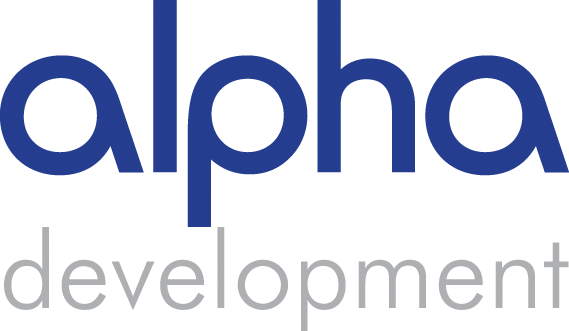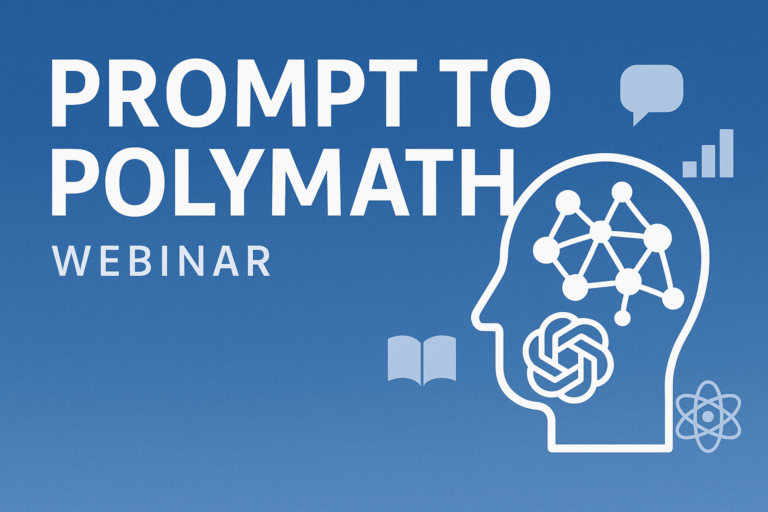Wealth Management firms in APAC have ambitious goals. Hiring each other’s RMs is a zero-sum game. How can Learning & Development blend Commercial Skills and Technology training to help firms accelerate growth?
Wealth Management in APAC is growing fast
The Wealth Management business in Asia-Pacific (APAC), particularly in Hong Kong, Singapore, and mainland China, continues to be a powerhouse of growth. Asia is set to contribute nearly 30% of new financial wealth by 2028, second only to North America at 44%. This staggering potential has positioned APAC at the forefront of growth ambitions for many wealth managers operating in the region, for example:
- UBS is aiming to double its annual rate of net new assets from $100bn pre-2025 to $200bn by 2028, with Asia a key market in its growth strategy.
- HSBC Investments and Wealth Solutions’ (IWS) assets in Asia have been growing at more than 20% year-on-year, with more investment by the bank planned.
- DBS, now the third-largest private bank in Asia (excluding China) after UBS and HSBC, aims to grow WM & Private Banking assets from SGD $396bn in June 2024 to SGD $500bn by 2027.
- Standard Chartered announced in December that it aims to acquire $200bn in net new money (NNM) over the next 5 years, an average run-rate of $40bn annually, vs a previous NNM annual acquisition rate of less than $10bn in 2023.
- Nomura has set growth ambitions outside of Japan from 2024, including for its International Wealth Management business – targeting growth in recurring revenue assets of 50% by FY30/31.
How can new technologies accelerate growth?
A second major trend for Wealth Management globally, is of course new technologies. GenAI has transformative applications throughout the Wealth Management value chain – from client acquisition to onboarding, servicing, and internal support. Beyond efficiencies & productivity improvements for the Wealth Manager, the key client opportunity is personalisation. Capgemini’s Priority Matrix for Wealth Management identified “seamless digital experience” & “hyper-personalized advisory” as the highest priorities for the industry in 2025.
Is the industry truly ready to embrace this technology? It seems not. BCG’s closely-watched annual Global Wealth Report in 2024 was titled “The GenAI Era Unfolds”, and included a survey with 85% of respondents stating GenAI will be a “highly disruptive and/or transformational force” for financial services. But 82% also said they lacked both an overarching, long-term GenAI strategy and short-term implementation roadmaps.
Is GenAI an opportunity or a threat?
GenAI, beyond simple applications such as summarising meetings, can also be perceived as a potential threat to the value proposition of established Wealth Management firms. After all – if GenAI tools can ask questions to a client and summarise their responses, for a roboadvisor to then form a recommended investment strategy, then where is the value for the traditional human advisor?
These gaps between the potential & reality of GenAI for Wealth Management are reflected in a notable difference between the rhetoric found in most Wealth Managers’ growth strategies, where technology features heavily, and on-the-ground tactics in APAC where there is still a heavy focus on poaching experienced Relationship Managers from rival firms. Giorgio Pradelli, chief executive of Swiss private bank EFG which is increasingly focused on Asia, said in 2024 “Whenever I go to the Asian international financial centres, the general discussion is always on how to increase the number of people who are interested in working in wealth management. Talent is very important. While we traditionally have a strong talent base for our industry in Switzerland, the pipeline of talent in Asian financial centres is strong and improving, but still quite scarce.”
How can Learning & Development blend traditional Wealth Management client skills with the opportunities of new technologies?
And so the ‘traditional’ strategy, of hiring quicker & better than your competitors, seems to still be playing out in Asia. But this is a zero sum game: the industry cannot grow overall capabilities just from individual firms hiring from each other’s people. Instead, we believe the growth opportunity lies in three interlinked workstreams:
- Blend technology training with commercial skills. Supercharge the skills your best RMs have always employed, and blend them with the opportunities presented by GenAI and other emerging technologies. To maximize adoption of new technology among client-facing revenue generators, in our experience this ‘battle for hearts and minds’ has to be focused on their world. How does this help my client relationships, share of wallet, net new money? How does this help my client?
- Change the zero-sum game on RM hiring. Asia-Pacific has almost 60% of the global population, with the percentage of 20–24 year-olds with only a pre-secondary level of education nearly halving in recent years while the share of those with post-secondary qualifications has increased. Invest in Early Careers programs, High Potential development, and Emerging Leaders to attract, develop, and retain talent – rather than poaching from rivals.
- Bring digital skills to all. The era of the “Innovation Center” is over – we believe innovation, including in technology, should sit with everyone in your business. Whether it is applied AI skills, or financial data through our dedicated Financial Data Professional (FDP) Institute, we believe these skills are for everyone including your front line Relationship Managers & Bankers.






